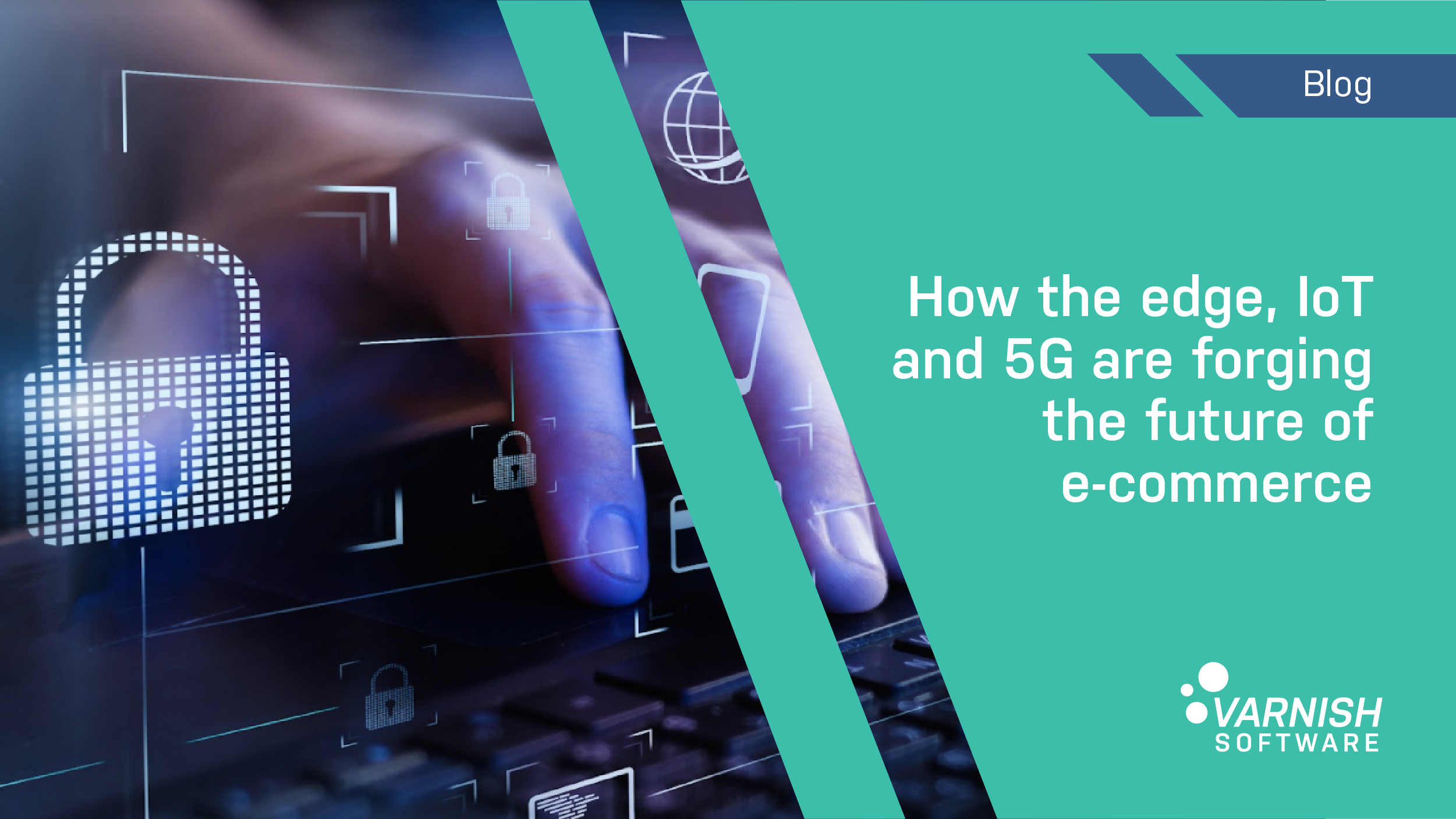While predictions about edge computing and 5G changing the face of m-commerce are already coming true, the potential of 5G goes well beyond the mobile shopping experience itself and its promises of immersive, personalized shopping punctuated by augmented and virtual reality. Edge computing, IoT and 5G together are poised to have a significant influence on the entire e-commerce and retail supply chain.
Behind the scenes: At the edge of the internet of things with 5G
How are retailers able to put edge computing and 5G to use in the real world?
We’ve seen this wave begin with the high-bandwidth, low-latency potential for in-building 5G connectivity. A lot of background work goes into making retail experiences work smoothly, particularly as the nature of commerce is changing and becoming less predictable. This is true of on-premise and online shopping, and situations that combine both, as is becoming more common with online ordering and curbside pickup at retail locations and retail-outlets-as-shipping depots.
This requires more fine-grained inventory data to be able to ensure that the stock is where a shop (and a consumer) thinks it is, which is a bigger and more expensive mismatch than one might imagine. More broadly, it feeds into a need for more fine-tuned supply chain and inventory management analytics. Despite the increasing sophistication of this kind of software, 2020 has thrown the retail industry more than one curve ball.
However, the accelerating pace of edge computing and its influence on IoT applications, as well as the continued rollout of 5G networks, has given companies throughout the retail ecosystem a leg up. With widespread, high-capacity 5G, new potential exists for:
- Better real-time accuracy in inventory data as well as tracking of resupply merchandise
- More efficient shelf stocking in-store
- Better traffic, health and safety management in-store
Putting data to work with smart sensors
What enables these new efficiencies in retail? In a phrase, it’s massive numbers of connected IoT sensors and devices gathering data at the network edge, all of which feeds into retailers’ various analytics systems. Analyst firm Gartner estimates that there were upwards of 440 million IoT endpoints in the retail and wholesale sector in 2020 with every indication that growth would continue at pace.
This real-time fire hose of data could overwhelm -- but that’s another place where all the smart sensor and endpoint data can benefit from 5G technology. The sensors, endpoints and other hardware, such as cameras, feed data right into a company’s data storage infrastructure or pipeline in real time via a high-throughput, low-latency 5G connection. If paired up and used efficiently, many of the otherwise manual inventory tasks that plague retail today can be automated and made much more precise. Whether it’s the adoption of RFID tags and sensors or 5G-connected, in-facility robots, there’s scope for getting item-level data on stock numbers and for placing orders before inventory runs out.
Some of these innovations are not quite here yet and will require not just 5G but multi-access edge computing abilities to process data immediately at the edge, and 5G itself will need to evolve and mature to build on the promise of configurable private 5G networks for enterprise applications to scale up for more advanced use cases.
Caching at the edge
In consumer-oriented, mass-data environments, such as within retail supply chain and inventory management, a lot of things have to go right behind the scenes to meet or exceed consumer shopping experience expectations. One of the core tenets of e-commerce at least is performance. The experience comes back to the basics:
- instant page loads
- instant and accurate inventory updates
- collecting and analyzing consumer and/or in-store or website data
- the ability to make a desired purchase in seconds, and trust that that item is actually available
This overview is a simplification, but it’s the most basic incarnation of the cardinal rule of consumer-facing online operations: don’t sacrifice performance for ANY bells or whistles.
In this new era, the technical architecture has changed somewhat, with more traffic handled at the edge, and much more of it running through IoT devices. Now with 5G, it’s more important than ever that this traffic can actually be managed, which is where edge caching more than proves its value.
/VS-logo-2020-197x60.png?width=136&height=60&name=VS-logo-2020-197x60.png)





